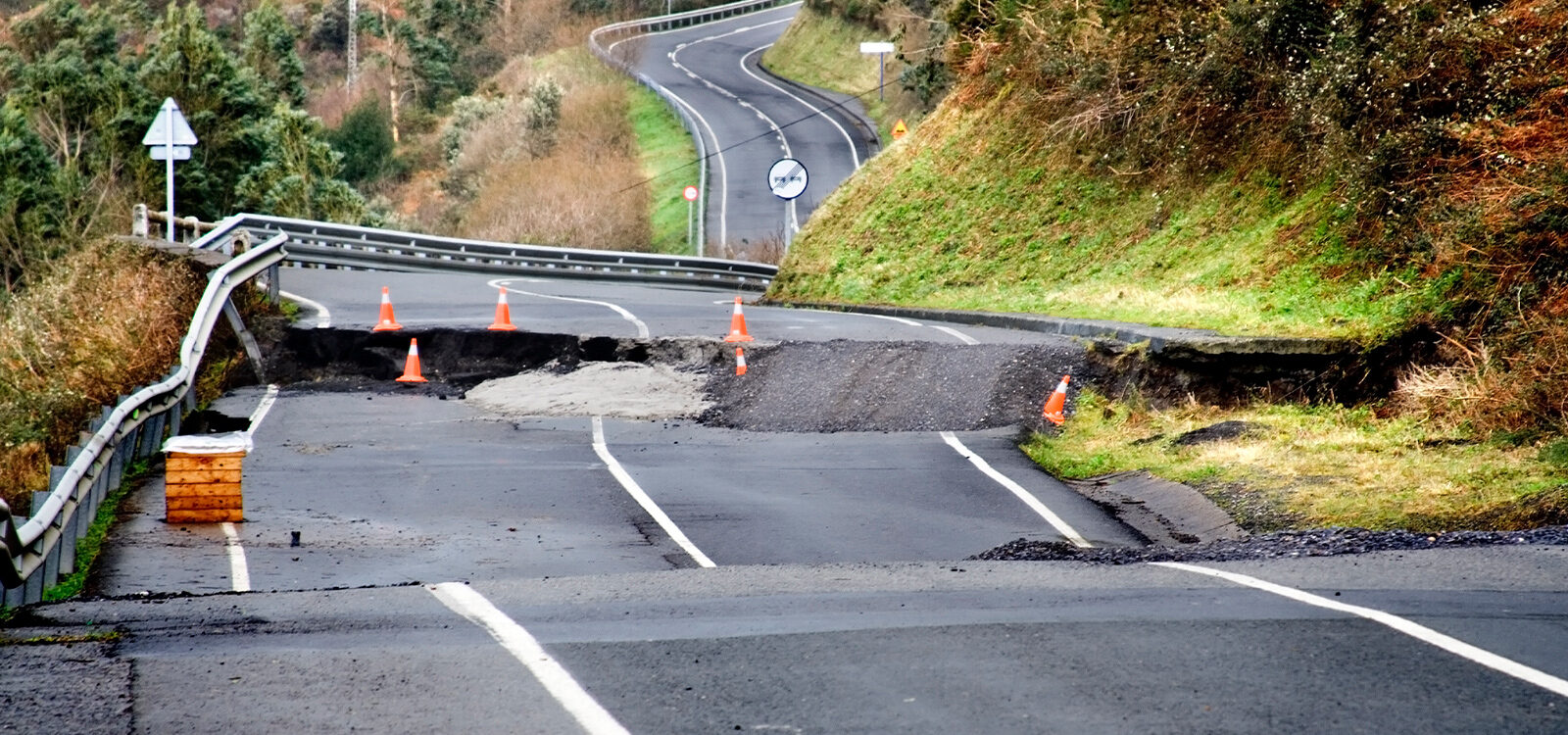
Counting the cost of catastrophes with climate change
Of the top 10 global catastrophes examined between 1970 and 2019, storms accounted for approximately $521 billion in global economic losses whiles floods accounted for about $115 billion. For the first time, using economic loss data, a country-by-country assessment of the changes in catastrophe loss with reference to local temperatures has been performed, leading to new insights which can be applied as global warming continues to accelerate. Read an analysis of the findings.
Against the backdrop of recent ‘once in 1,000’ year rainfall induced flash floods in Henan, China, and devastating floods in Germany and Belgium, businesses around the world are under increasing pressure to disclose their exposure to physical climate risk. While it is widely accepted that the increasing frequency and severity of climate catastrophes are expected to translate to increased economic losses, historical temporal trends have not proved conclusive, and the sensitivity of this relationship largely speculative.
New research estimates the sensitivity of economic losses to climate change by linking the catastrophe economic loss to the local climate through temperature. A strong positive association of 15% per degree Celsius between the temperature driving the catastrophe and its corresponding economic loss was found. This suggests that economics losses are associated with increasing temperatures and raises the prospect of developing an index projection of economic losses in a warmer world.
The relationship between temperature and storm intensity
Increasing economic losses from intensifying storm events with climate change are largely a result of the increased moisture holding capacity of the atmosphere. For every degree increase in temperature, the atmosphere can hold 6-7% more moisture. So, if all this extra moisture is converted to rainfall, then we expect more intense storms and increased economic losses with climate change, with even greater increases projected due to further storm intensification. The result will be increased flooding, particularly for the most intense of storms, but the loss potential from weaker events is not expected to increase to the same extent, as part of the moisture from increased storm intensities will be absorbed by the ground or detained in man-made impoundments.
Why is identifying a climate change signal in economic losses challenging?
We are already seeing increases in the frequency and intensity of extreme rainfalls because of climate change, and these increases are only expected to continue in line with climate change trajectories. However, attributing increases in economic loss to anthropogenic climate change has proved challenging. On the one hand, factors such inflation, increasing populations, and economic growth will all result in the same future storm causing a greater economic loss. On the other, better disaster defences and emergency preparedness mean that economic losses may not be as large as they would have been in the past. As a result, the debate continues as to whether historical economic losses have increased because of climate change.
Overcoming methodological and data challenges
Previous studies did not find conclusive associations with climate change as they used an aggregate catastrophic losses and global surface average temperatures on an annual basis. This can obscure climate signals since global warming does not affect the global temperature uniformly. Given that temperature is the thermodynamic driver of rainfall severity, it follows that local temperatures at the time of catastrophe will modulate the severity of the catastrophe. Indeed, there is significant evidence that higher local temperatures are associated with greater storm and flood severity with the more extreme the event the greater the association. This paves the way forward to enable linking the temperature that is causing the catastrophe directly to the economic loss.
Increases in economic loss due to higher temperatures
Using the high-quality Swiss Re Sigma significant catastrophe database of events collated from newspapers, direct and reinsurance periodicals, specialist publications and reports from (re)insurers 1985 storm related catastrophes from 1970 – 2015 were analysed.
Rather than focusing on aggregated annual economic losses linked to global temperatures, the catastrophic economic loss on a per event basis was linked to its local temperature. The catastrophe economic loss is standardised by GDP to allow for comparison between catastrophes originating from different countries, and to enable comparison across time.
We found a median catastrophe economic loss sensitivity to temperature, as a fraction of GDP, of 8.8%/°C for the US and China and 2.6%/°C for the rest of the world. Commensurate with more extreme storm events being more likely to intensify due to increasing temperatures, a 15%/°C sensitivity was found for the largest catastrophes. A sensitivity of catastrophic economic loss temperature of 4%/°C for floods was found due to the weaker loss potential of flood related perils as compared to storms.
What do these results mean for the future?
Hurricanes, typhoons, and cyclones, which cause the greatest economic loss, originate in parts of the world where temperatures are warmer. With the tropical expansion bringing increased tropical cyclone activity poleward and increased temperatures increasing the moisture holding capacity of the atmosphere, our results point to the expected magnitude of greater economic losses due to shifts to more destructive weather types coupled with increasing storm severity. The work here may provide a basis for reporting tomorrow’s changes in economic loss based on associations with the projected temperature from global climate models, helping policy makers, communities, and businesses alike to prepare and invest in mitigation measures today.
CPD: Actuaries Institute Members can claim two CPD points for every hour of reading articles on Actuaries Digital.






